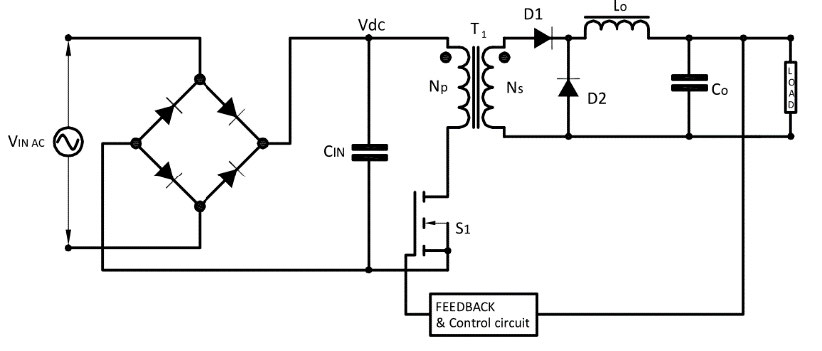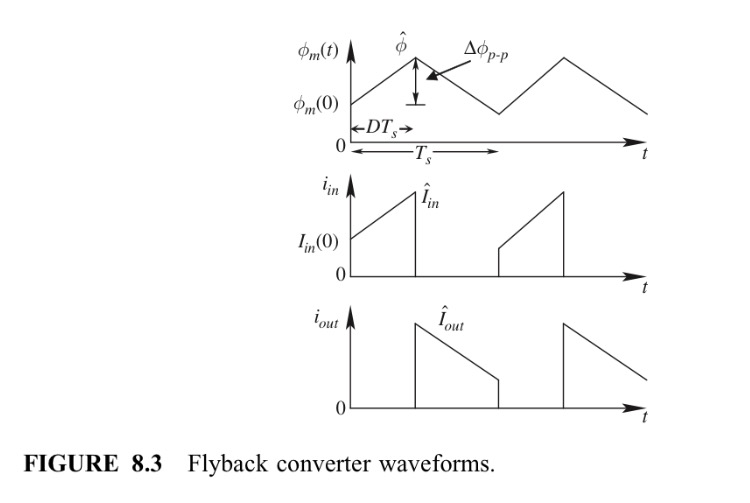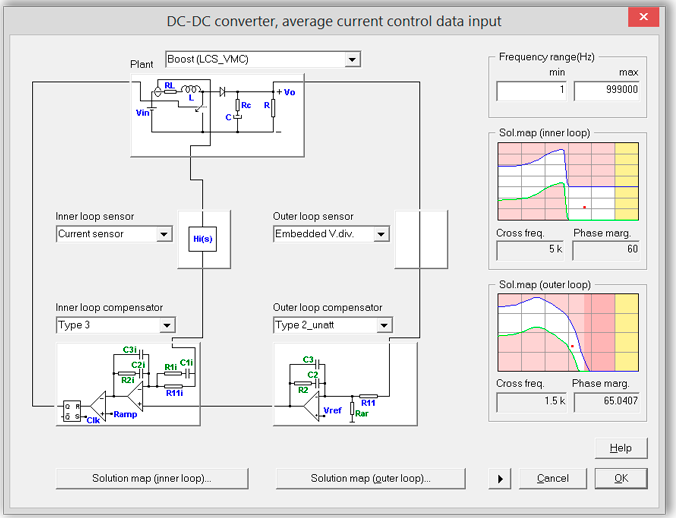
Transient analysis is also critical for examining the effectiveness of your PWM frequency you use. Using a DC sweep allows you to examine power conversion efficiency and determine when the output starts to behave like a highly nonlinear circuit.

You’ll also need to construct an input voltage with a superimposed ripple waveform if you want to compare the input and output peak-to-peak voltage/current fluctuations. You’ll need to construct a PWM waveform and connect this to the gate on the MOSFET in your forward converter. The primary simulations involved in analyzing a forward converter are time-domain simulations with a PWM signal. Output current fluctuations from a forward converter Note that N is the turns ratio shown in the above forward converter circuit diagram. The ripple on the output current and its defining equation are shown in the graph below. Very simply, using a higher frequency PWM signal and larger output inductor will reduce the peak-to-peak fluctuation on the output current, which appears as a triangle wave. The duty cycle is normally set to less than 50% if the number of turns on the primary coil equals that on the tertiary coil. The inductor on the output side, the duty cycle of the PWM signal, and the switching frequency are the primary factors that determine the level of regulation enforced on the output current. Compared to a bust-boost switching regulator, a forward converter takes advantage of a transformer for galvanic isolation to suppress conducted EMI from propagating to the output side of the converter. The topology is similar to that in a flyback converter, although there is an additional diode and inductor on the output side, as well as the use of a three-winding transformer versus a two-winding transformer. Regulation in a forward converter is achieved by applying a PWM signal to the gate of a transistor (normally a MOSFET) on the input side of the converter. Regulation with PWM in a Forward Converter

The PWM signal is applied to the gate on Q1. Note the polarity of the transformers on the input and output sides the primary and secondary windings transformer have the same winding direction in order to ensure the currents have the same polarity, and a ratio of N:1 (primary:secondary) is normally used to analyze this circuit. The circuit diagrams below show a typical flyback converter and forward converter. When one also considers solving the saturation problem that occurs in a flyback converter, a forward converter is suitable for regulation up to hundreds of Watts. The lower output ripple and galvanic isolation between the input and output stages ensures there is less conducted EMI between stages and in the output. Compared to a flyback converter, a forward converter has higher cost, faster transient response time, higher power efficiency, and lower ripple on the output. The tertiary winding on the transformer and the diode are used to force the transformer to reset. This limits the current that can be reliably used in a flyback converter.Ī forward converter solves this problem by using a diode and a three-winding transformer. This means that the current in the primary coil in a real transformer must be less than the saturation current. When the primary current is too large, the magnetic field causes the core to saturate, and magnetic hysteresis will distort the signal that is induced in the secondary coil. In a real transformer, the magnetization in the transformer core needs to switch direction at the same rate as the input voltage/current in order to induce a current in the secondary coil.

However, a forward converter solves a particular problem of transformer core saturation that occurs in a flyback converter. Both converters can be designed to run in buck or boost mode. A forward converter is designed with a similar topology, and both are switched mode converters that use a transformer between the input and output stages for galvanic isolation. Interestingly, the term “forward converter” is sometimes used to refer to a flyback converter, but this is not correct. If you need low noise DC output from a power supply without having to worry about strong switching noise, a forward converter is a good alternative for moderate power output applications. A typical buck-boost switching converter can send switching noise to downstream circuits through the output leads, which has been shown to cause inadvertent switching in digital circuits at high output currents. Designing a power supply or regulator for your PCB? You might consider using a forward converter for regulation.Īmong the many power regulation methods used in PCBs, switched mode power supplies are useful as they can be configured to be robust against strong ripple.


 0 kommentar(er)
0 kommentar(er)
